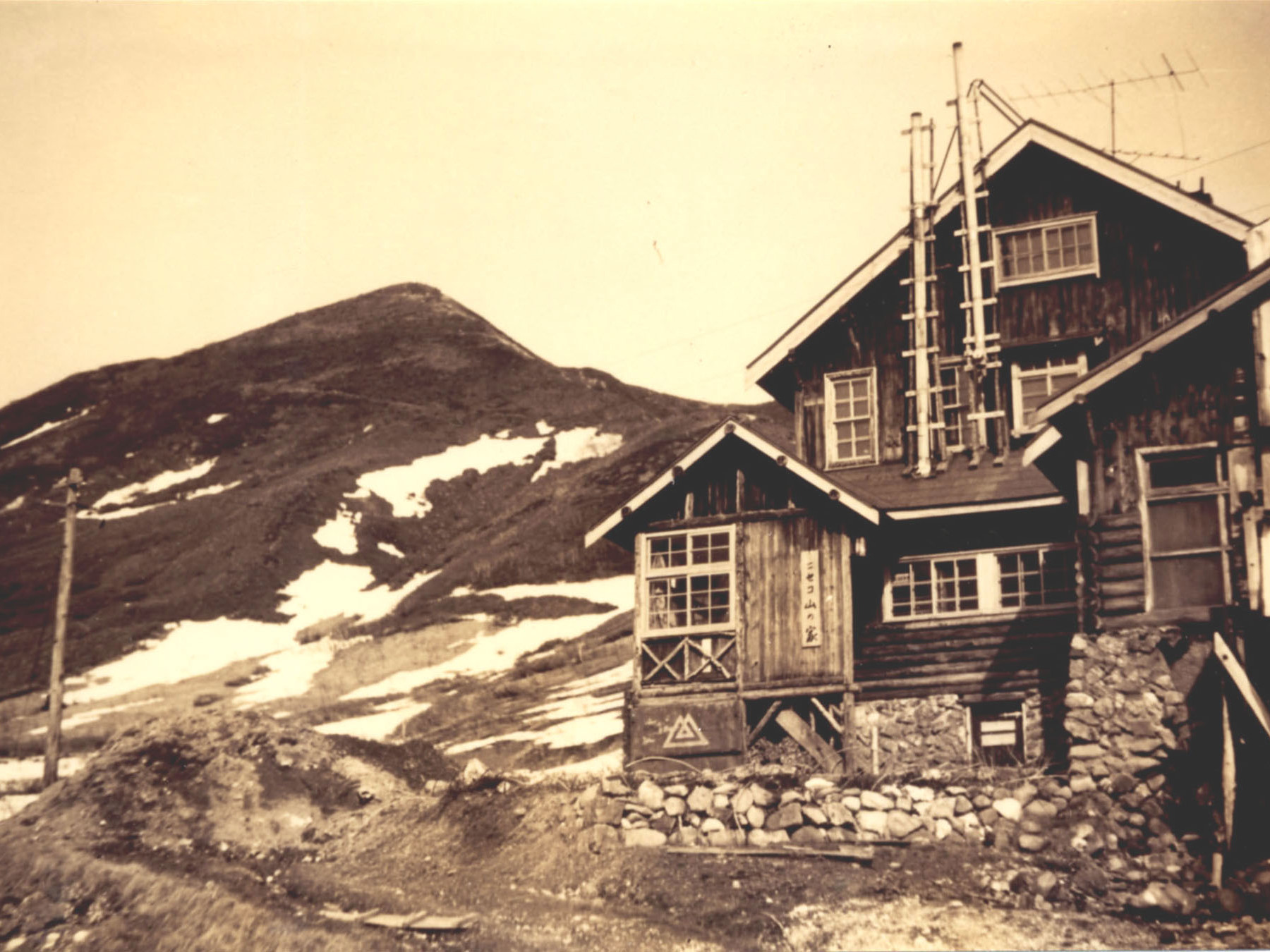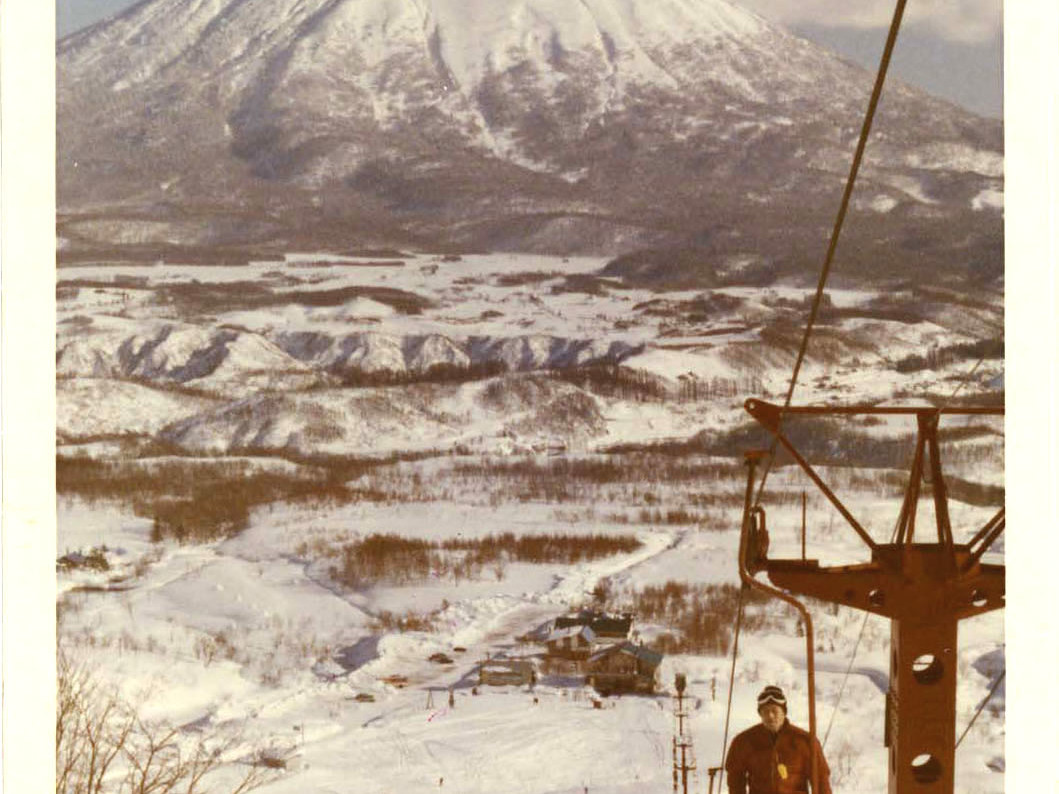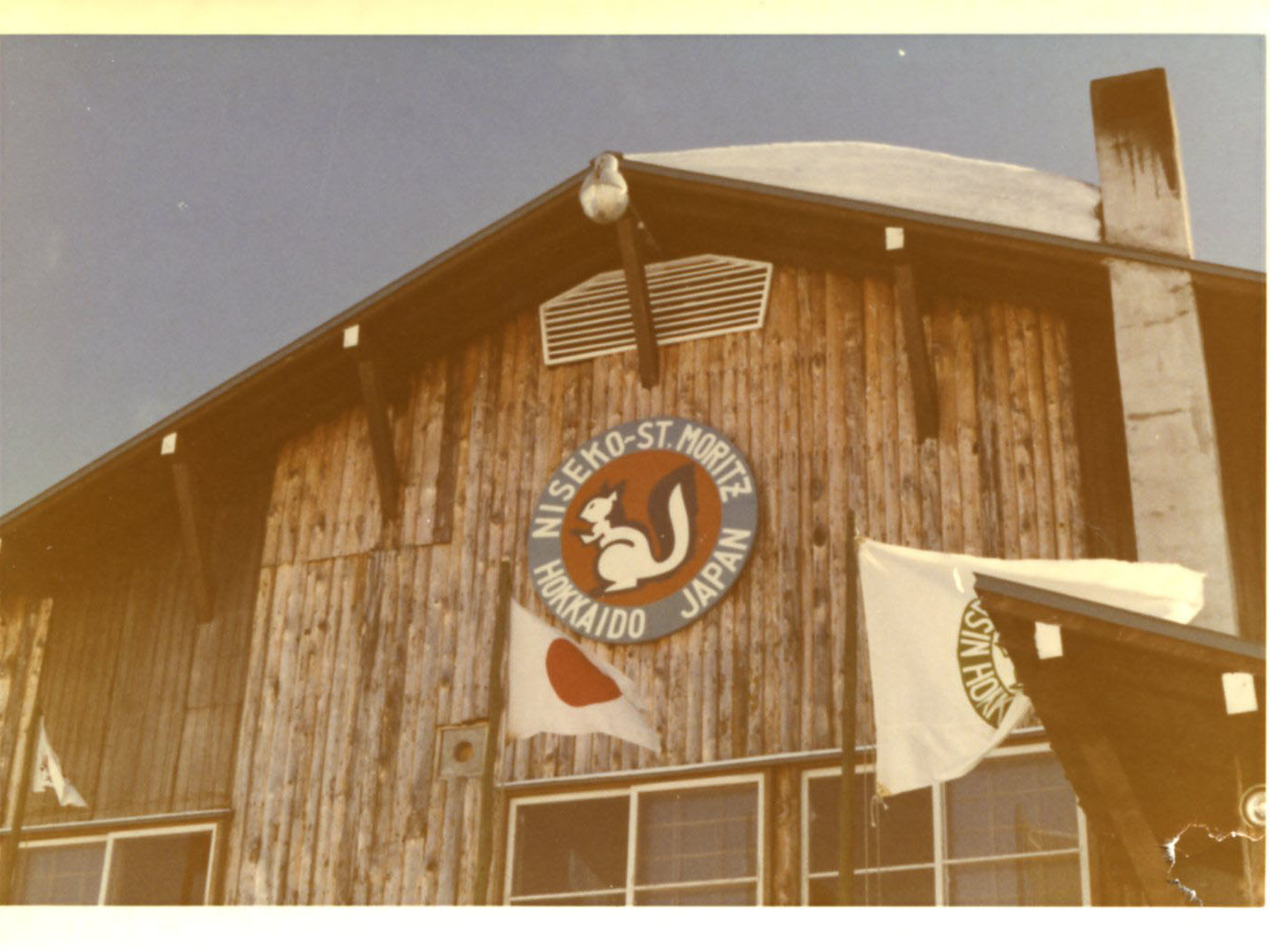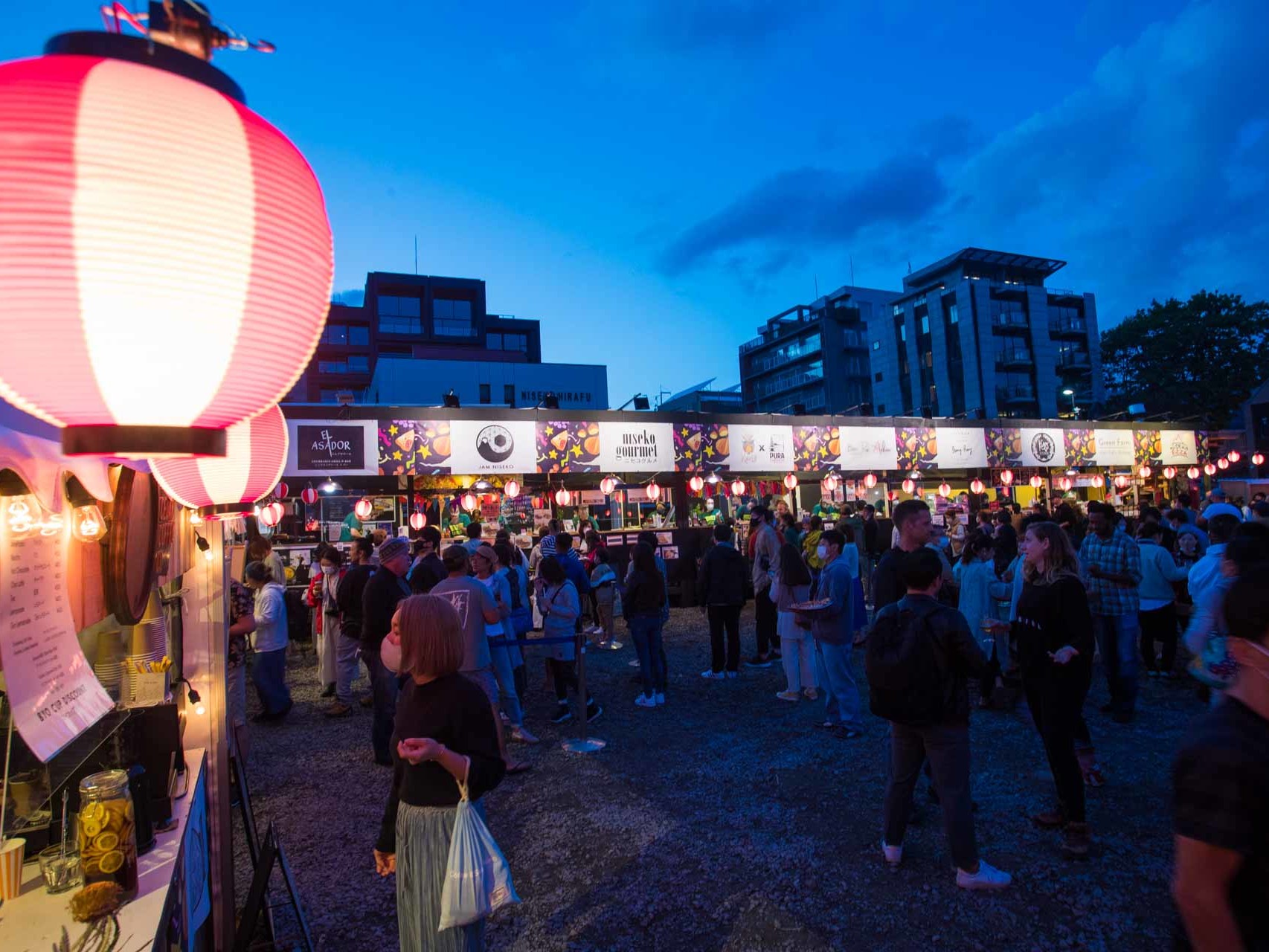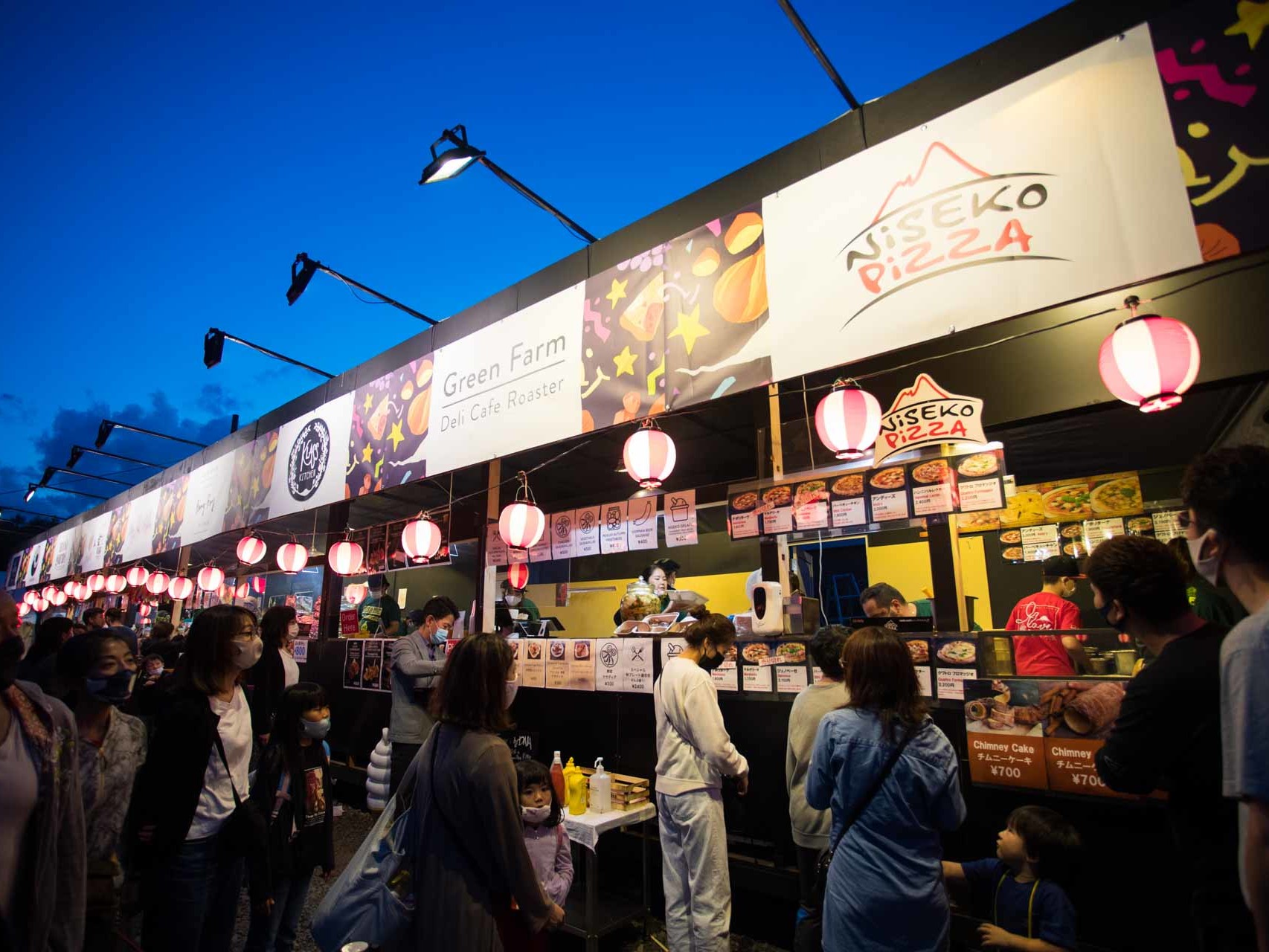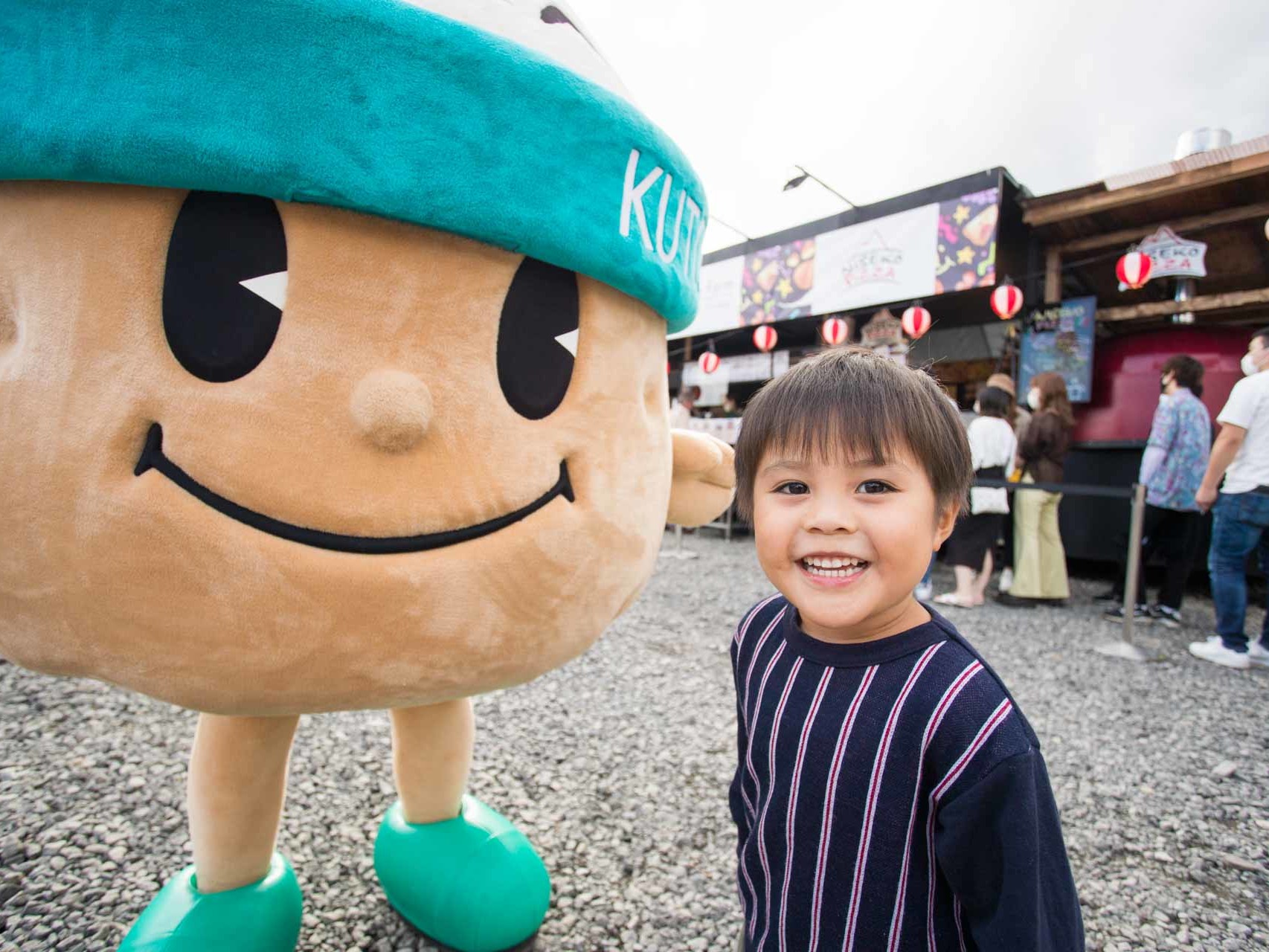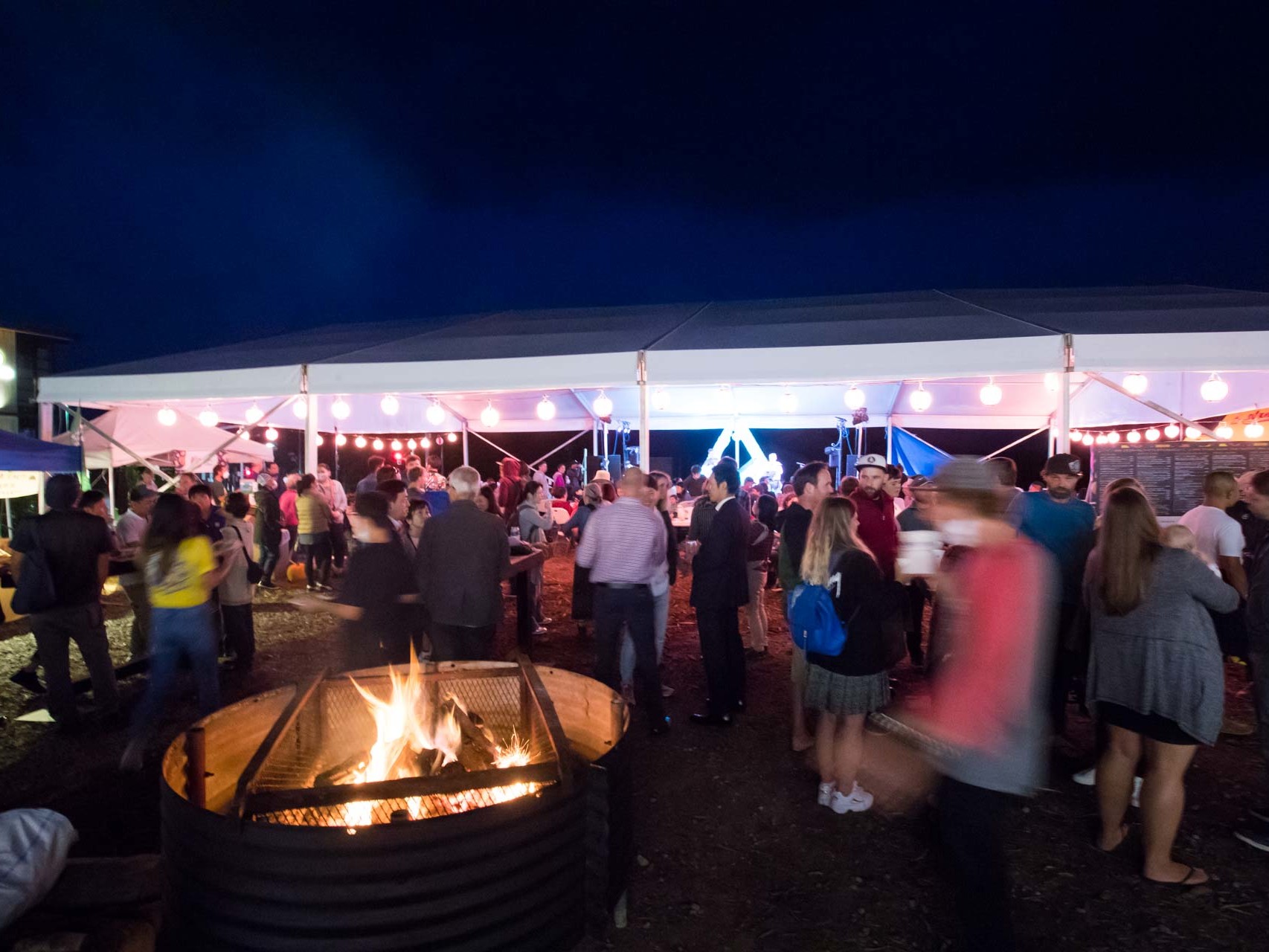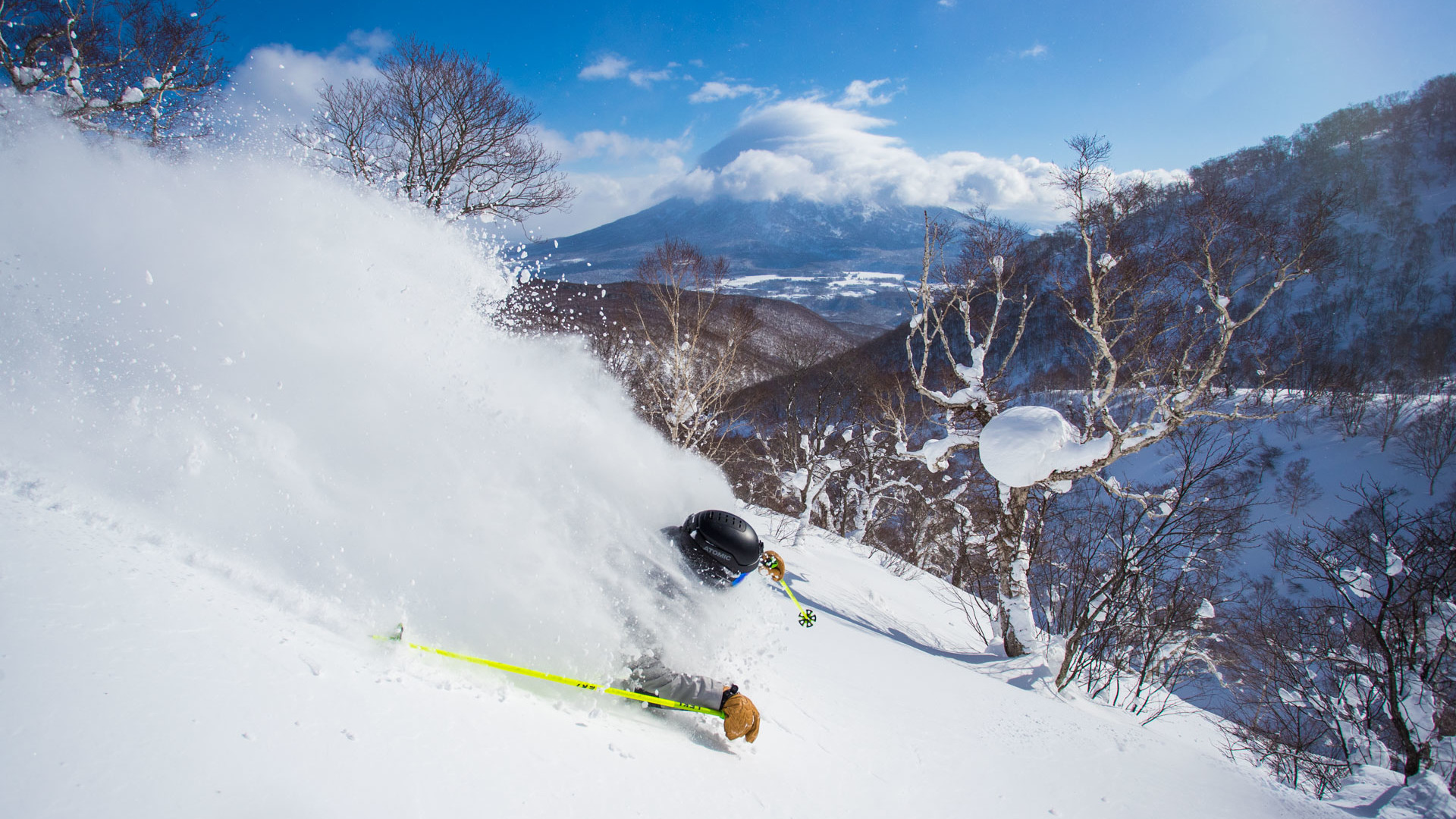About Niseko
Niseko is Asia’s premier year round resort. It is best known for receiving the world’s best powder snow throughout winter, and as a relaxed outdoor lifestyle destination during the summer months.
Niseko is located on Japan’s northern island prefecture of Hokkaido, 2 hours drive away from Sapporo – the largest city in Hokkaido. The area is also known for having excellent produce and agriculture, as well as having some of the cleanest rivers in all of Japan.
More and more nature lovers are attracted to Niseko each year for the slow pace of life, clean living, mild summers and non-stop powder snow throughout the winter.
History of Niseko
Niseko’s beginnings date back to the first pioneers who arrived in Kutchan from Honshu, Japan’s most populated island in 1891. While the area has only seen international interest in the past 30 years, an Austrian by the name of Theodor von Lerch Edora is said to be the first to ski the mountains of Niseko, after he climbed and skied Mount Yotei in 1912. There are several statues of his likeness throughout Niseko to commemorate his legacy. While it may seem that Kutchan’s beginnings are fairly recent, there is actually a long history of people inhabiting the area.
Close to the Niseko Village ski area is a stone circle built around 4,000 years ago in the latter part of the Jomon period, indicating that this area has been inhabited for thousands of years. The early inhabitants lived off the land and they, like us, would have taken pleasure in the beauty of Mt Yotei and the surrounding scenery.
Around the turn of the twentieth century, settlers in the Niseko region started to establish temples and shrines.. The main shrines were Kutchan-jinja and Kaributo-jinja in Niseko Town. There are a number of Buddhist temples in the area, including Daifutsu-ji which is renowned for its ceiling paintings, and Konpira-ji which holds an Autumn festival.
Niseko resort has come a long way since visitors had to hike the mountain for a day’s skiing and the only accommodation was the chambre-d’hote style offered by the local farmhouses. 100 years later, the resort has seen considerable change and, though the friendliness of the local people and warm hospitality remains, the resort now features a wide range of accommodation, an eclectic selection of restaurants and offers both traditional cultural experiences, modern activities as well as festivals throughout the year.
Festivals
The Niseko area hosts many different festivals throughout the year. The main festivals to look out for are:
Kutchan Yukitopia Festival (Mid February) Blessed with tremendous snowfalls, Kutchan hosts a ‘snow-utopia’ festival that is packed with events.
Kutchan-jinja Festival (End July) Town’s designated intangible folklore cultural assets ‘Akasaka-yakko’ and the ‘Mikoshi’ portable shrine are paraded through the streets of Kutchan in this annual festival.
Kutchan Jaga Matsuri (Beginning August) The potato festival is one of the short summer’s most colourful events. It features street stalls run by local residents, and local performing arts such as taiko drums and dancing.
Kaributo-jinja Festival (End August) Keeping tradition alive, the ‘Mikoshi’ portable shrine and festival floats are paraded through the streets of Niseko in this annual festival.
Niseko Autumn Food Festival (September) This festival celebrates the delicious culinary delights that Niseko local chefs have created.
Konpira-ji Autumn Festival (Beginning October) Bustling stalls are the main feature of this annual autumn festival, which is held to mark the transition from autumn to winter.
Environment
Located in Shikotsu-Toya National park, standing at 1,898m high, the stratovolcano Mt. Yotei is the symbol of the Niseko area. The mountain is commonly known as ‘Ezo Fuji’ as it is resembles Mt. Fuji. Ezo is the old name for Hokkaido.
Mt. Yotei
It is generally accepted that the present form of Mt. Yotei is the result of approximately three eruptions. The area near the summit is an alpine zone and inhabited by the insects which are said to be survivors from the Ice Age. Their only other habitat in Hokkaido is in the alpine zone of Daisetsuzan National Park. Mt. Yotei is also home to many mammals such as the Ezo red fox, Japanese sable, Eurasian red squirrel, Siberian chipmunk, flying squirrel, mountain hare and over 130 species of wild birds.
At the foot of the northwest side of the mountain is a small, 1.3km2 crater lake called Hangetsu-ko (Half Moon Lake) which is surrounded by thick forest. The forests around the lake, hiking trails, and the area around the top of the mountain have been officially designated national natural monuments. There are four hiking trails in total and the climb to the summit takes between four to six hours. The mountain rescue hut at the summit is popular with summer hikers.
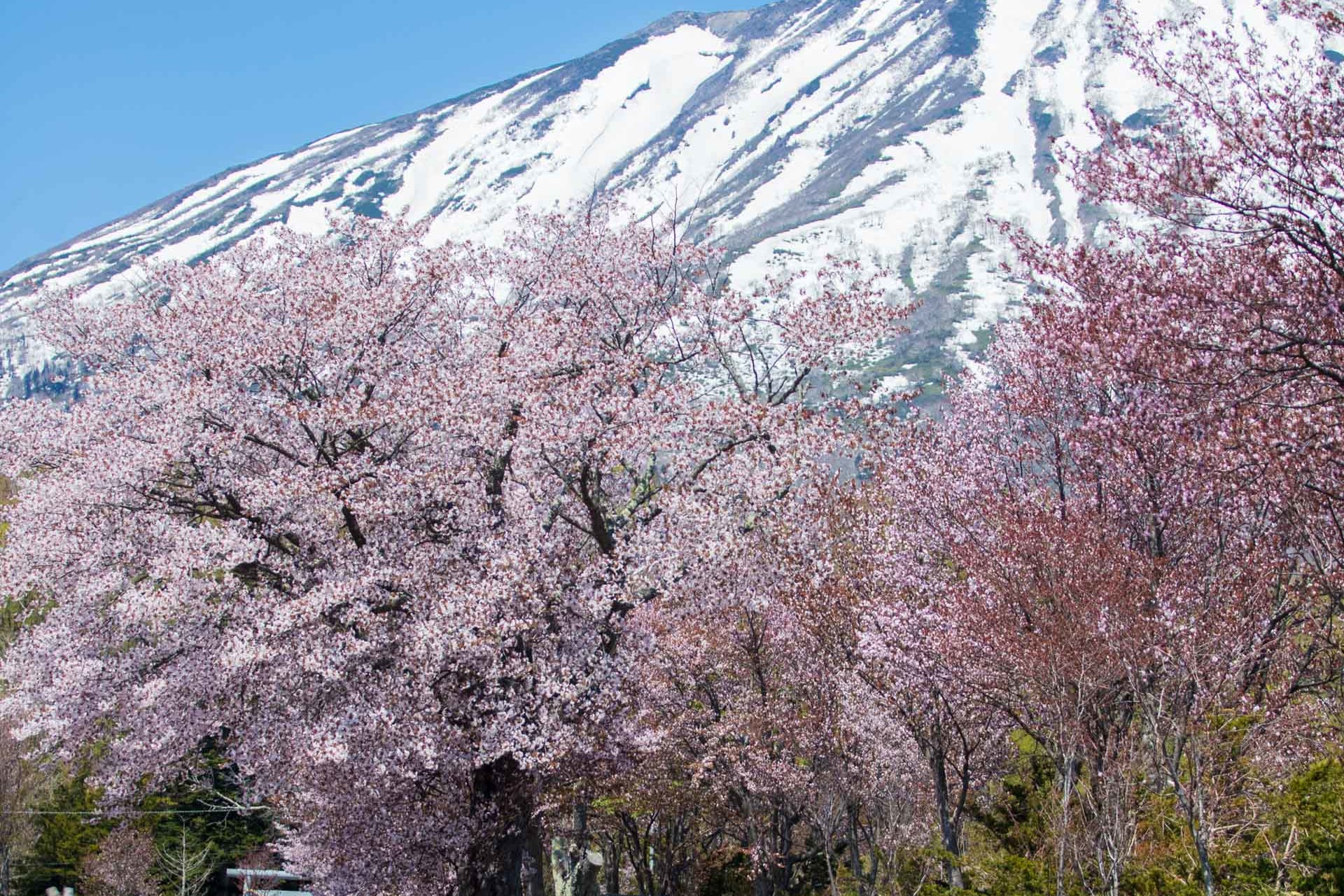
Niseko Mountain Range
The principal peak in the east-west running mountain range is the 1,308.5m high Niseko Annupuri – the mountain from which Niseko Town takes its name. The range is made up of 11 mountains, which include Iwaonupuri, Weisshorn, Chisenupuri, Mt.Iwanai, Mt. Mekunnai, Mt. Raiden and Nitonupuri. The range spans a wide area extending over Kutchan, Niseko, Rankoshi, Kyowa and Iwanai towns. Small lakes and upper wetland areas are located around the lower half of the mountains (500m – 700m above sea level). Throughout the range, the tree line lies at roughly 800m above sea level.
Although the mountains were used in the Edo period for extracting sulfur, mining didn’t begin on a large scale until 1880. The local mining industry prospered greatly when it became the first area in Japan to adopt the imported steam purification method. Mining operations were discontinued in 1937 due to a decline in production.
Shiribetsu River
The Shiribetsu river winds its way from its source on Mt. Fure, Date City, through Kimobetsu, Kyogoku, Kutchan and Niseko, before spilling out into the sea in Rankoshi. It is known for being home to the largest of Japan’s freshwater fish – the ‘Japanese huchen’- and being at the southern limit of its habitat. It is said that large numbers of Japanese huchen used to inhabit the river. However, in recent years the population size has fallen drastically leaving it on the brink of extinction. Other species of fish found in the river are Chum salmon, Cherry salmon, Whitespotted char, Ayu, Red-spotted masu salmon, Stone Loach, Common carp and the Dolly Varden trout.
Fauna
Before settlers arrived, this region was covered in forest and inhabited by a variety of wild animals. These animals are now mainly found living on Mt Yotei and in the Niseko mountains. Some of the animals found here are the Brown bear, Ezo red fox, Raccoon Dog, Japanese Marten, Eurasian red squirrel, flying squirrel, and the stoat. Flocks of migratory birds can be seen flying over the region and the Bull-headed shrike, Japanese bush warbler, Oriental turtle dove, Blue-and-white flycatcher, Common cuckoo, Black woodpecker and the Common kingfisher have all been observed here.
Flora
The vegetation found on Mt Yotei is roughly divided into five groups: Painted maple / Japanese linden (up to 700m), Ezo spruce / Erman’s birch (700m – 1100m), Bamboo grass / Erman’s birch (1100m – 1500m), Cowberry / Japanese stone pine (1500m and up) and the area around the summit which is classified as alpine heathland and wind-exposed grassland. As there are many varieties of rare alpine plants found in the alpine zone, this area has been designated a national natural monument. The Niseko mountain range is dotted with high wetland areas, wind-exposed grassland and small lakes where aquatic plants and wetland plants can be seen in large numbers and is characteristic of the region.
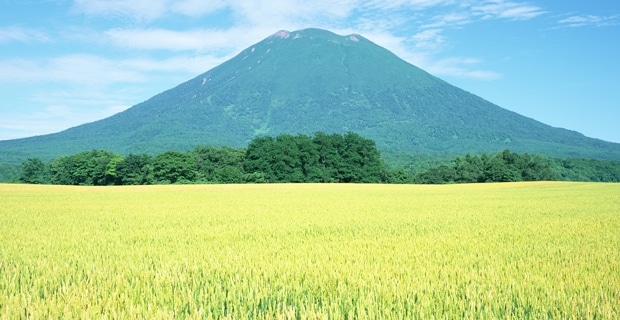
Agriculture
Local produce from this area are recognised for their high quality throughout Japan. Due to Hokkaido’s extreme climate the difference in temperature between day and night, the quality and sweetness of fruit and vegetables from the area is second to none.
The quality of Niseko’s local products is due to the local farmers continued dedication and efforts. Fresh vegetables are available at the View Plaza (Michi-no-eki) in Niseko and supermarkets in Kutchan. There are also a number of processed foods in which local farm products are used.


